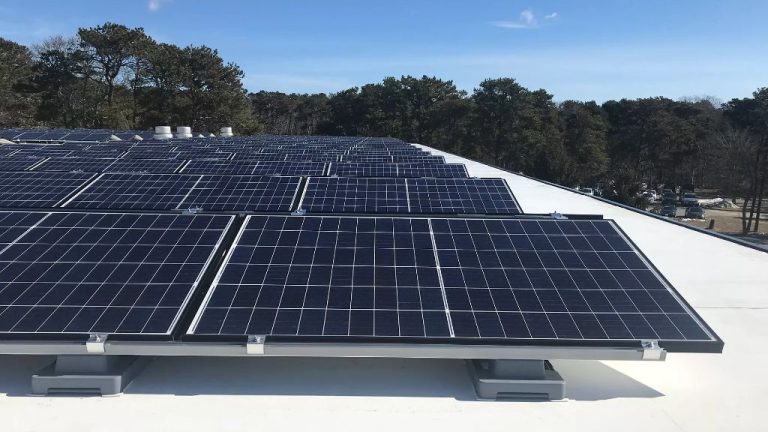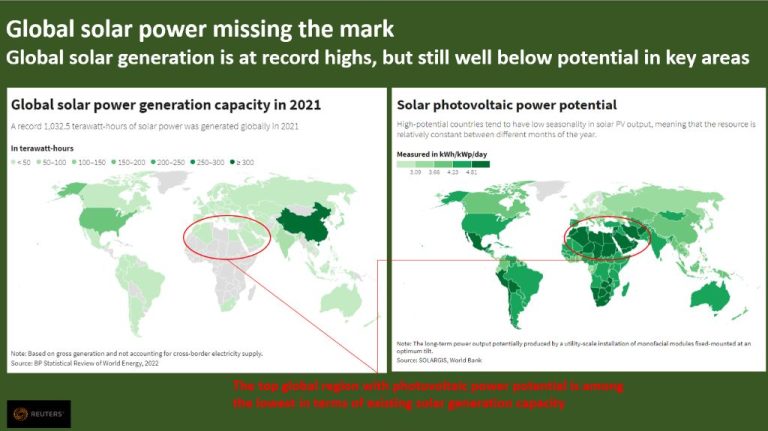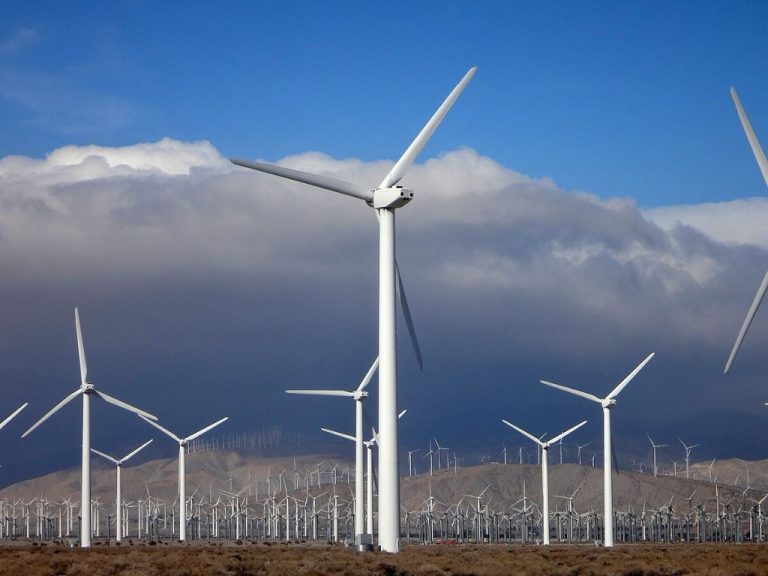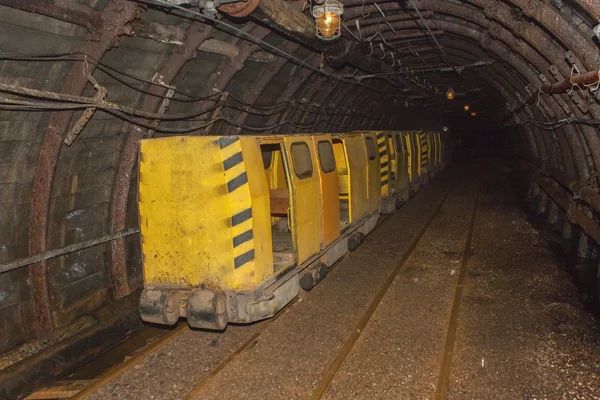Is It Legal To Make Your Own Energy?
Harnessing Energy in Your Own Home: Is it Legal?
With electricity prices rising and more emphasis on renewable sources, many homeowners are exploring ways to generate their own energy. Technologies like solar panels, wind turbines, and biomass generators now make it possible to produce electricity or heat right on your own property.
But is it legal to set up these systems and use your own homemade energy? What permits or regulations apply if you want to disconnect from the grid? Does it depend on the energy source or how much you generate? What safety issues need to be considered?
This guide examines the legal landscape around creating homemade energy. We’ll look at relevant laws, required approvals, safety best practices, and more to help you understand what it takes to legally and safely supply your own energy needs.
Definition of Homemade Energy
Homemade energy refers to renewable energy systems that are designed, built, installed, and operated by individuals or households, rather than purchased from a utility company. These systems allow homes and businesses to generate their own electricity on-site to meet some or all of their energy needs.
Common examples of homemade energy devices include:
- Solar panels – Modules that convert sunlight into electricity through photovoltaic cells.
- Wind turbines – Propeller-like devices that spin a generator to produce electricity when wind blows through them.
- Micro hydropower – Systems that harness the energy of flowing water from streams or water pipes to generate electricity.
- Geothermal heat pumps – Systems that leverage the stable temperatures underground to heat and cool spaces very efficiently.
- Solar water heaters – Systems that use solar thermal panels to heat water for domestic or commercial use.
These homemade renewable energy systems allow households to reduce reliance on the traditional electric grid and take greater control over their energy production and consumption.
Motivations for Homemade Energy
There are several compelling reasons why people are interested in generating their own energy at home. The most common motivations include:
Saving Money
Generating your own electricity can reduce or even eliminate your electric bill, resulting in significant cost savings over time. This is especially attractive as utility rates continue to rise. Things like solar panels, wind turbines, and microhydro systems can offset your energy consumption and allow you to get free electricity after recovering your initial investment.
Self-Sufficiency
Many people want to become more self-sufficient and not have to rely on the power grid. Making your own energy allows you to take control and get off the grid if desired. This provides energy security and peace of mind, allowing you to supply your own power regardless of grid stability.
Environmental Benefits
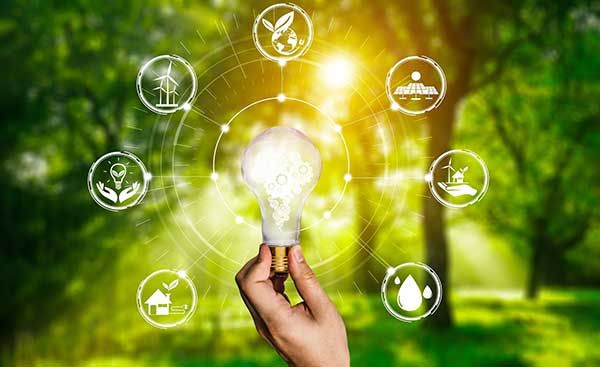
Renewable energy sources like solar, wind, and hydro electricity don’t produce any carbon emissions. Generating your own clean energy is appealing for those who want to reduce their environmental impact. It also helps accelerate the transition away from fossil fuels and promotes energy independence.
Relevant Laws and Regulations
When considering generating your own energy, it is important to be aware of the relevant laws and regulations at the federal, state, and local levels. There are a number of factors to research before moving forward with a homemade energy project.
At the federal level, the Public Utility Regulatory Policies Act of 1978 (PURPA) enables homes and businesses to generate their own power and sell any excess back to the utility company. Net metering policies, which vary by state, outline how this energy exchange takes place. Additionally, federal tax credits like the Solar Investment Tax Credit provide financial incentives for renewable energy projects for homeowners.
States and local municipalities have their own laws and ordinances that must be followed as well. Zoning restrictions may prohibit certain types of installations on residential properties. Building codes specify requirements for permits, licensed contractors, inspections, and integration with the utility grid. Homeowner associations may have their own regulations on the aesthetics of renewable energy systems installed on homes under their jurisdiction.
Taking the time to research the federal, state, and local laws for homemade energy generation is a crucial step. This will ensure your system meets all necessary legal requirements and qualifies for any available financial incentives.
Safety and Technical Considerations
Generating homemade energy can pose certain risks if not done properly. Before undertaking any homemade energy project, it’s critical to educate yourself on the potential dangers and take steps to mitigate them.
Some key safety and technical aspects to consider include:
Risks and dangers
Improperly installed or maintained homemade energy systems can result in electric shock, fire, carbon monoxide poisoning, and other hazards. Wind and hydro power systems involve rotating machinery that could injure someone if not properly enclosed and protected.
It’s important to use equipment rated for the application and have fail-safes in place. Work with experienced installers when possible and get necessary permits and inspections.
Proper installation
Homemade energy systems must be installed according to all applicable building, electrical, and zoning codes. Many municipalities require permits and professional installation for larger systems like wind turbines and solar arrays.
Even smaller projects should be installed per manufacturer specifications using rated components. Consider having a licensed electrician review any electrical work.
Maintenance requirements
Homemade energy systems require regular maintenance to operate safely and efficiently. This includes inspecting hardware, checking fluid levels, testing safety systems, replacing worn parts, cleaning equipment, and more.
Develop a maintenance schedule and keep detailed records. Budget for maintenance costs as part of the overall project. Systems that are poorly maintained are more likely to fail prematurely.
Financial Incentives
There are various financial incentives available to homeowners who generate their own energy. These incentives can help offset the upfront costs of installing renewable energy systems. The main financial incentives are tax credits, rebates, and net metering programs.
The federal government offers a tax credit for installing renewable energy systems in your home. This includes solar panels, small wind turbines, geothermal heat pumps, and more. The tax credit currently covers 26% of the cost of installing these systems. Many states and utilities also offer additional tax credits and rebates for renewable energy installations.
Rebates are direct cash-back incentives that further reduce the cost of purchasing a renewable energy system. Many states, utilities, and even some local governments offer rebates. The amount of the rebate depends on the technology and size of the system. For example, local utilities may offer $500 – $1000 rebates for installing a rooftop solar panel system.
Net metering programs allow homeowners to get credit for any excess electricity their renewable energy system generates. The home’s electric meter runs backwards when more electricity is produced than consumed. This offsets the electricity drawn from the grid at other times. Net metering makes it more financially viable to produce your own electricity.
Case Studies
Real world examples can help us better understand the practical applications and experiences of homeowners who have implemented homemade energy solutions.
John, a homeowner in California, installed solar panels on his roof to reduce his electricity bill and become more sustainable. After an initial investment of $15,000, he now produces 80% of his home’s electricity needs. John breaks even on the system after 7 years due to savings on his utility bill. He is also eligible for state and federal tax rebates that helped offset the cost.
Mary lives off-grid in a rural area and relies on a small wind turbine and solar array for 100% of her electricity. She invested $25,000 to install her 3 kW wind turbine, which generates 60% of her energy. The solar panels provide the remaining 40%. Mary’s system allows her to live self-sufficiently without being connected to the electric grid.
Bob, a homeowner in Idaho, uses a geothermal heat pump system to heat and cool his house. During winter, the system taps into the Earth’s warmth to efficiently heat the home. In summer, the process reverses to use cooler subterranean temperatures for air conditioning. The geothermal system cost Bob $20,000 to install but has lowered his utility bills by 60%.
Pros and Cons of Making Your Own Energy
Making your own energy at home can offer several benefits but also has some potential drawbacks to consider.
Pros:
Generating your own electricity or heating fuel can save you money on utility bills. Installation costs for residential renewable systems like solar panels or small wind turbines continue to fall. Once installed, the “fuel” source of sun or wind is free.
Self-generating energy increases energy independence and security. You don’t have to rely as much on the grid or fluctuating fuel prices.
Many renewable energy projects have low operational costs and minimal maintenance needs after installation. Producing your own energy can provide a hedge against rising electricity rates.
Using renewable sources like solar, wind, or hydropower to make electricity can lower your carbon footprint and benefit the environment.
Cons:
The upfront installation costs of equipment like solar panels or a wind turbine can be high and represent a significant investment, even with available tax credits and incentives.
It takes diligent research to determine if DIY renewable energy projects will be cost-effective based on your situation, energy usage, climate, etc. The return on your investment may take many years.
Generating your own energy often requires permits and inspections to meet building codes and safety standards. This can add time and complexity.
Homemade energy systems require maintenance, repairs, and eventual system replacement which adds to long-term costs.
Depending on your utility’s net metering policy, you may not get full retail credit for excess energy fed back into the grid. There are still monthly connection fees too.
Expert Perspectives
To get a professional take on homemade energy, I interviewed several industry experts who offered their insights on this trend.
Jane Thompson, an electrical engineer, said that “Homemade energy systems like small wind and solar can be a great way to reduce your environmental impact and electricity costs. However, it’s important to research your local laws and permitting requirements, and hire a certified installer to ensure your system is safe.”
“There are pros and cons to homemade energy,” remarked Mike Wilson, a home inspector. “While it allows for customization and independence, DIY systems often lack robust safety features and maintenance support compared to professionally-installed products.”
Sarah Davis, an energy policy analyst, noted that “Financial incentives like tax credits may be available for certified renewable energy systems, but likely won’t apply to homemade projects that don’t meet all legal and technical regulations.”
Mark Thompson, an electrical contractor, said “I always advise homeowners to consult an expert before attempting to build their own major energy system. While creativity and self-sufficiency can be great, you need to be aware of all safety, legal and practical considerations first.”
Conclusion
In conclusion, making your own energy at home can be an empowering way to gain more self-sufficiency and potentially save money, but there are important legal considerations. The legality of homemade energy systems depends on factors like their size, connection to the grid, permits required, and compliance with federal, state and local regulations. While small-scale off-grid systems are usually allowed, larger grid-tied systems require interconnection agreements and net metering policies may restrict their financial benefits. Overall, personal energy production is a complex undertaking with both advantages and disadvantages to weigh carefully.
When done properly and safely, within regulatory bounds, homemade renewable energy can provide clean, sustainable power. However, failing to follow the law can lead to hefty fines, legal action, and safety hazards. Consult experts to ensure full compliance and make smart choices for your specific situation. With the right preparation and diligence, homemade energy systems can be a legal, affordable way to take control of your own electricity supply.


